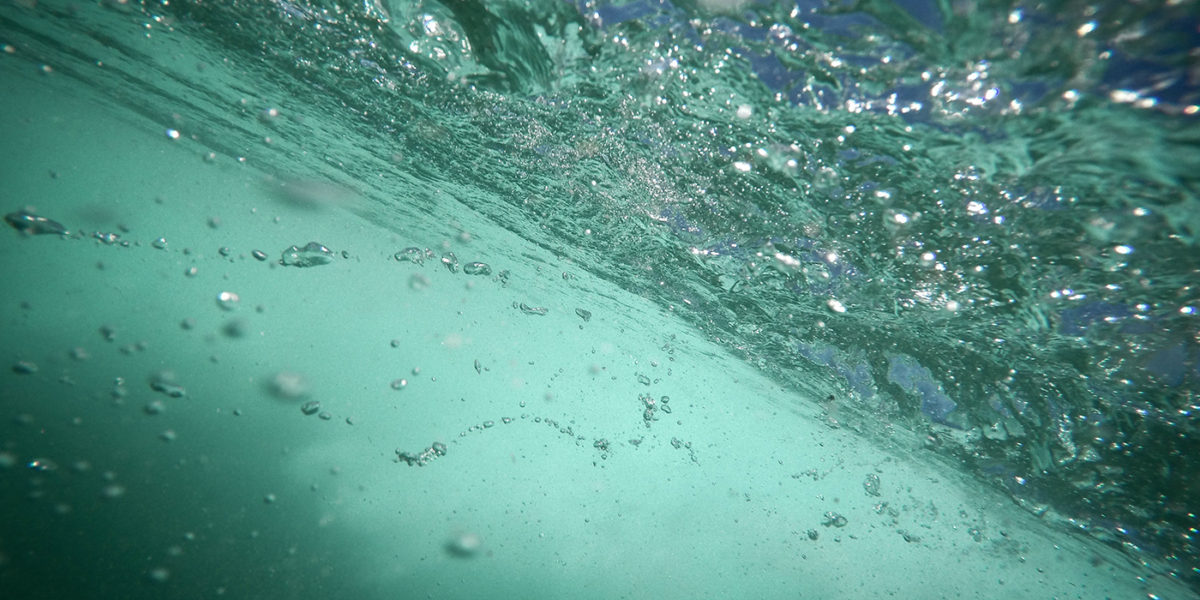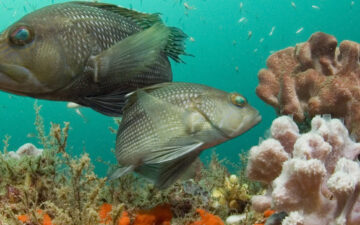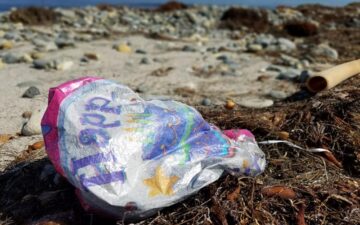Following the Ocean in a High CO2 World conference in Tasmania at the very beginning of May, we held the third science workshop for the Global Ocean Acidification Observing Network (GOA-ON) at the CSIRO Marine Laboratories in Hobart. The meeting included 135 people from 37 nations who gathered to figure out how to expand the monitoring of ocean acidification around the globe to better understand it. Thanks to some very special donors, The Ocean Foundation was able to sponsor the travel of scientists from countries with limited monitoring capacity to attend this meeting.

Ultimately, GOA-ON seeks to be truly global and representative of many ecosystems, able to collect and compile data and translate it to be responsive to both science and policy needs. This meeting in Hobart was to help the Network go from defining the requirements for network data, and its own governance, to a plan for full implementation of the network and its intended outputs. Issues to be covered were:
- Updating the GOA-ON community on GOA-ON status and linkages to other global programs
- Building communities to develop regional hubs that will facilitate capacity building
- Updating requirements for biology and ecosystem response measurements
- Discussing modeling connections, observational challenges and opportunities
- Presenting advances in technologies, data management and products
- Gaining input on data products and information needs
- Gaining input on regional implementation needs
- Launching the GOA-ON Pier-2-Peer Mentorship Program
Policy makers care about ecosystem services that are threatened by ocean acidification. Observations of chemistry change and biological response allow us to model ecological change and social science to predict societal effect:
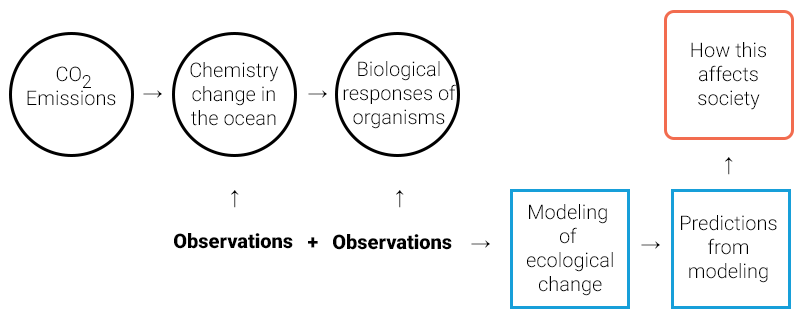
At The Ocean Foundation, we are working creatively to grow the funding to build participation and capacity of developing countries in the Global Ocean Acidification Observing Network by supporting technology, travel, and capacity building.
This effort was launched at the 2014 “Our Ocean” Conference hosted by the US State Department, wherein Secretary of State John Kerry pledged support for building the observing capabilities of the GOA-ON. During that conference, The Ocean Foundation accepted the honor of hosting the Friends of GOA-ON, a non-profit collaboration targeted at attracting funding in support of the GOA-ON’s mission to fulfil the scientific and policy needs for coordinated, worldwide information-gathering on ocean acidification and its ecological impacts.
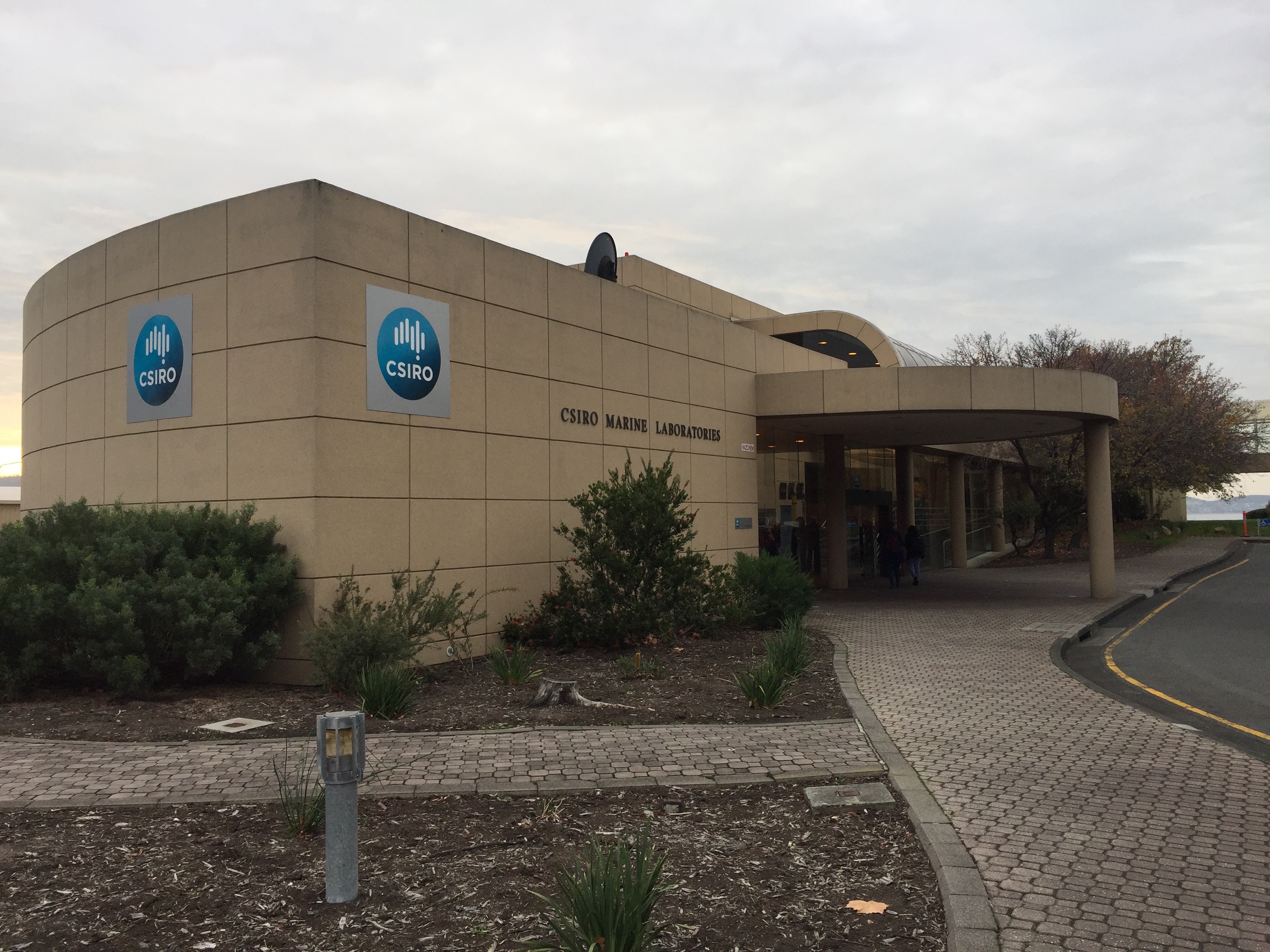
Thus we hope to use our Friends of GOA-ON account to increase ocean acidification monitoring and reporting capacity in Africa, the Pacific Islands, Latin American, the Caribbean, and the Arctic (areas where there are huge information and data gaps, and communities and industries highly dependent on the ocean). We will do this by building capacity in data poor regions for local scientists, distributing monitoring equipment, building and maintaining a central data platform, mentoring scientists, and facilitating other network activities.
The Ocean Foundation’s Friends of Global Ocean Acidification Observing Network:
- Began with a pilot program in Mozambique to hold training workshops for 15 local scientists from 10 countries to learn how to operate, deploy and maintain ocean acidification sensors as well as collect, manage, archive and upload ocean acidification data to global observing platforms.
- Was honored to provide travel grants for the Network’s 3rd science workshop for a group of scientists that included: Dr. Roshan Ramessur is an Associate Professor of Chemistry at the University of Mauritius; Mr. Ophery Ilomo is a Chief Scientist with the Department of Chemistry at the University of Dar es Salaam in Tanzania; Mr. Murugan Palanisamy is a Biological Oceanographer from Tamilnadu, India; Dr. Luisa Saavedra Löwenberger, from Chile, is a Marine Biologist from University of Concepción; AND Dr. Zulfigar Yasin is a professor of Marine and Coral Reef Ecology, Marine Biodiversity and Environmental Studies at the University of Malaysia.
- Entered into a partnership with the U.S. State Department (via its Leveraging, Engaging, and Accelerating through Partnerships (LEAP) program). The public-private partnership will provide resources to begin ocean acidification monitoring in Africa, enhance capacity-building workshops, facilitate connections to global monitoring efforts, and explore a business case for new ocean acidification sensor technologies. This partnership seeks to achieve the Secretary’s goal to increase worldwide coverage of the GOA-ON and train monitors and managers to better understand the impacts of ocean acidification, especially in Africa, where there is very limited ocean acidification monitoring.
We are all worried about ocean acidification—and we know that we need to translate anxiety into action. The GOA-ON was invented to link the chemistry changes in the ocean to biological responses, identify attribution and provide both short-term forecasting and long-term predictions that would inform policy. We will continue to build a GOA-ON that is feasible, technologically grounded, and that helps us understand ocean acidification both locally and globally.
